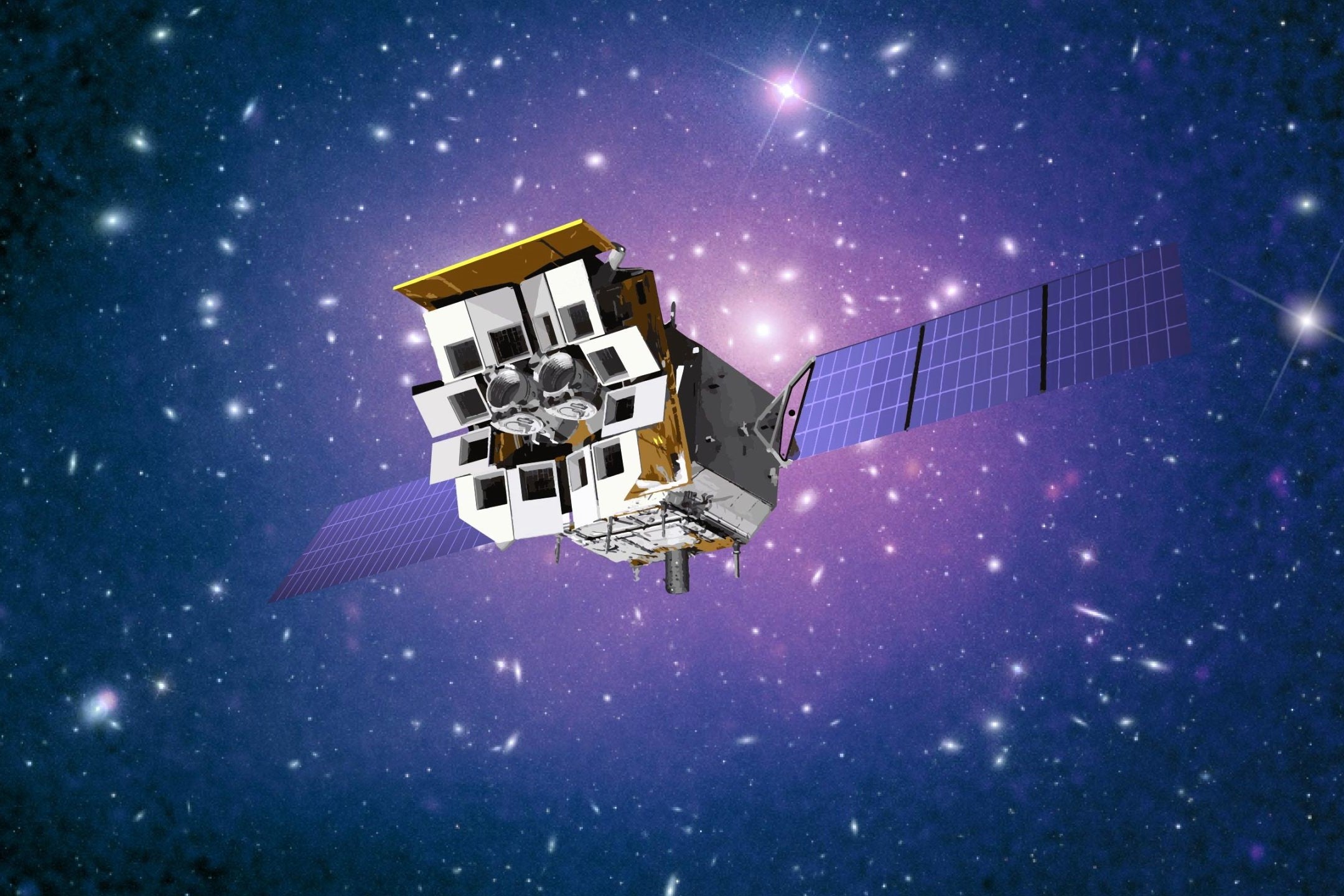China to launch ‘Lobster-Eye’ probe in hunt for mysterious cosmic crashes
Einstein Probe aims to uncover secrets behind black holes, exploding stars and gravitational waves

China is preparing to launch a “lobster-eye” probe into space in an effort to better understand some of the universe’s biggest mysteries.
The Chinese Academy of Sciences (CAS) is readying the Einstein Probe for launch later this month, with the mission set to hunt for powerful blasts of X-ray light that may have come from exploding stars or massive black holes.
The probe will launch aboard a Chang Zheng (Long March) rocket from the Xichang Satellite Launch Centre in Sichuan, China, later this month.
CAS is conducting the mission in collaboration with the European Space Agency (ESA) and the Max Planck Institute for Extraterrestrial Physics (MPE) in Germany.
“The cosmos is our only laboratory to investigate the most energetic processes,” said Erik Kuulkers, ESA’s Einstein Probe Project Scientist.
“Missions like Einstein Probe are essential to advance our understanding of these processes and to learn more about fundamental aspects of high-energy physics.”
ESA said that its contribution to the mission will grant the space agency access to 10 per cent of the data generated by the probe’s observations.
One of the instruments on the probe – the Wide-field X-ray Telescope – has a design that mimics the eyes of a lobster, allowing it to observe 3600 square degrees in one shot. This means the probe can pick up X-ray signals from almost the entire night’s sky in just three orbits of Earth.
X-ray light carries fundamental information about how the universe behaves, including neutron star collisions, high-energy particles and matter falling onto black holes.
Earth-based receivers are capable of detecting signals, however it is rarely possible to locate the source from a terrestrial vantage point.
The mysterious celestial objects that the probe will focus on will help improve our understanding of both cosmic events and phenomena like gravitational waves.
“If neutron stars are involved, such a ‘cosmic crash’ is accompanied by an enormous burst of energy across the light spectrum, and especially in X-rays,” ESA said.
“By enabling scientists to promptly study these short-lived events, Einstein Probe will help us identify the origin of many of the gravitational wave impulses that are being observed on Earth.”
Join our commenting forum
Join thought-provoking conversations, follow other Independent readers and see their replies
0Comments